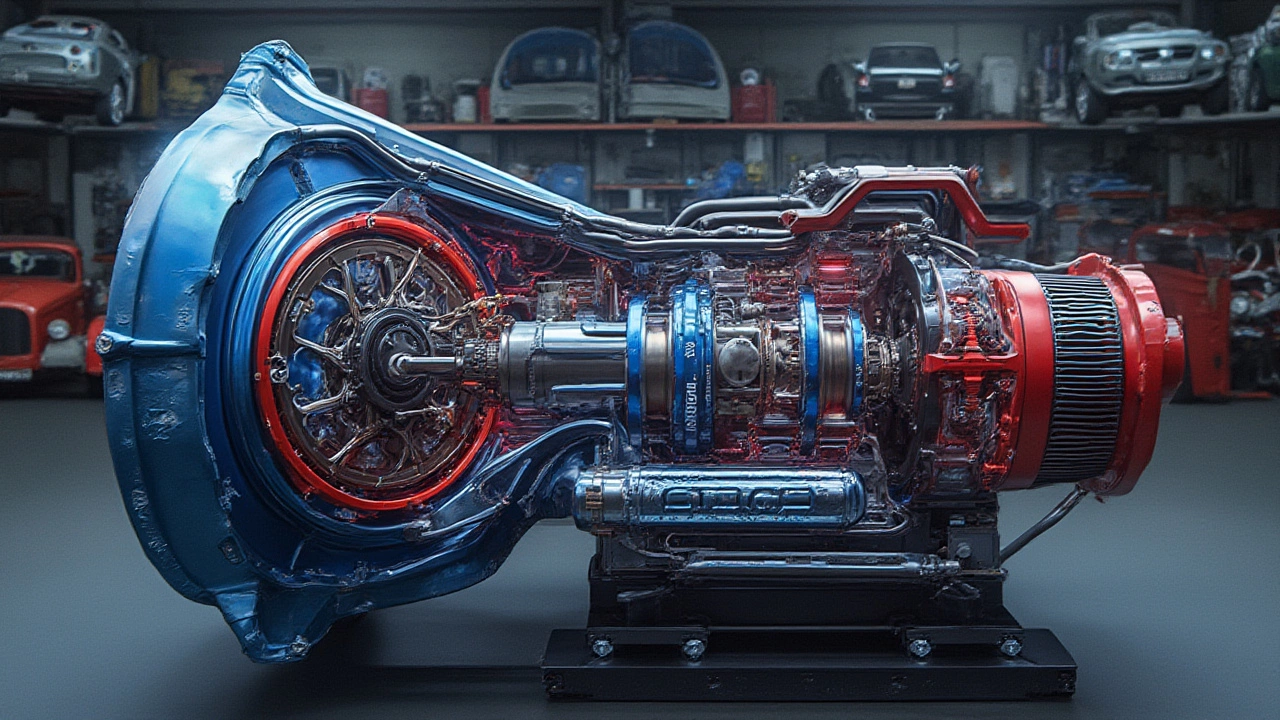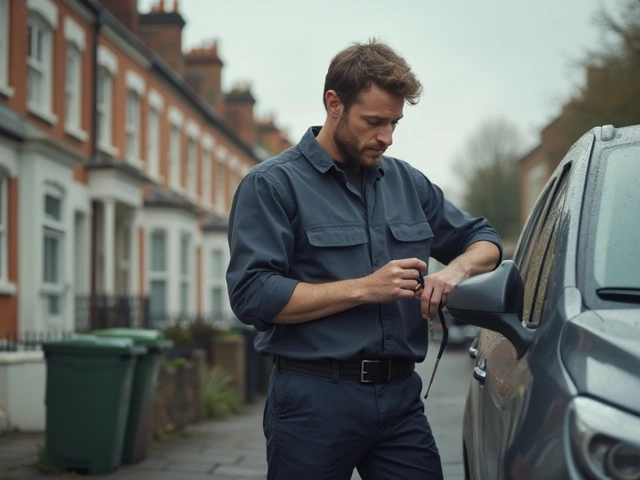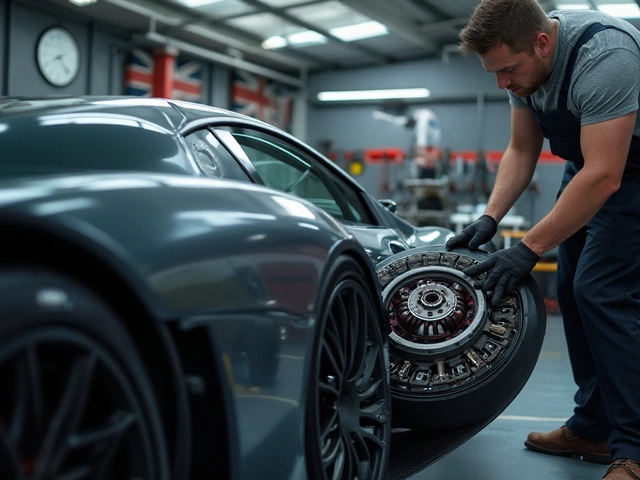Clutch Upgrade: When, Why, and How to Do It Right
Did you know a slipping clutch can shave hundreds of miles off your fuel economy and make every shift feel like a fight? If you’ve felt jerky acceleration, a burning smell, or a hard-to-shift pedal, it’s time to think about a clutch upgrade. Upgrading isn’t just about fixing a problem – it can give you smoother gear changes, longer part life, and a more confident drive.
Signs Your Clutch Needs an Upgrade
First, watch for the classic symptoms. A spongy or stiff pedal, a high‑pitched squeal when you let off the gas, and a sudden loss of power are all red flags. Another tell‑tale sign is the smell of burnt material after hard driving; that usually means the clutch disc is overheating and wearing out fast. If you’ve noticed any of these, ignore them at your own risk – the longer you wait, the more you’ll pay.
Don’t rely on guesswork. A quick test is to shift into first gear, lift off the accelerator, and see if the engine revs up without moving. That’s the “engine rev” test, and if it happens, the clutch isn’t fully engaging. It’s a cheap way to confirm a problem before you book a shop.
What to Expect from the Upgrade Cost
Clutch replacement costs can vary, but most UK garages charge between £300 and £700 for a full kit and labor. Labour alone can run £150‑£250, depending on the model and how easy the engine is to get to. Choosing an aftermarket clutch kit can shave a few hundred pounds off the parts price, but make sure the kit matches your driving style – a heavy‑duty kit is worth it for frequent stop‑and‑go traffic or spirited driving.
If you’re comfortable with tools, a DIY swap can save you the labor bill. You’ll need a torque wrench, a clutch alignment tool, and a clean workspace. The biggest hidden cost is time – an experienced mechanic can finish in a day, while a first‑timer might need two. We recommend at least a weekend set aside if you go DIY.
Don’t forget extra costs: a new flywheel (if worn), relearn procedures for the clutch pedal sensor, and possibly a fresh clutch master cylinder. These add £50‑£150 but can prevent future headaches.
Here’s a quick way to budget: add the kit price, labour estimate, and a 10% contingency for unexpected parts. That gives you a realistic figure to discuss with any garage.
When you’re shopping around, ask for a breakdown of each cost. Some shops bundle the kit and labour at a discount, while others charge each item separately. Knowing the numbers helps you pick the best value.
Finally, keep your new clutch healthy. Avoid riding the clutch pedal, shift smoothly, and replace the clutch fluid every 2‑3 years. A little care now can add 80‑100k miles to your upgrade.
Ready to upgrade? Start by checking the signs, get a few quotes, and decide if you’ll DIY or hand it to a pro. With the right knowledge, a clutch upgrade becomes a smart, affordable way to bring your manual back to life.
 21 July 2025
21 July 2025
Stage 2 Clutch Kit Explained: Benefits, Performance, and Why Drivers Upgrade
Learn what a Stage 2 clutch kit is, why it matters, and how it transforms your driving experience. Discover performance upgrades and tips for manual transmissions.
Latest Posts
-

Three Types of Air Filters to Improve Your Indoor Air Quality
-

How Much Oil Should I Add if It's Low? Quick Engine Oil Guide
-

Does Changing Spark Plugs Improve Your Car's Performance?
-

Daily Driving with a Stage 3 Clutch: Is it Feasible?
-

Premium Air Filter Benefits: Should You Upgrade for Cleaner Car Air?

0